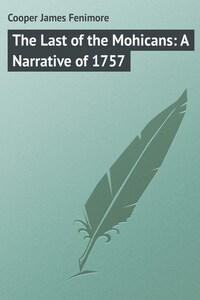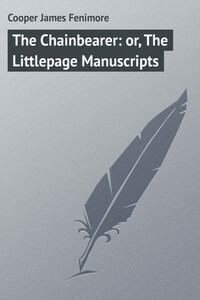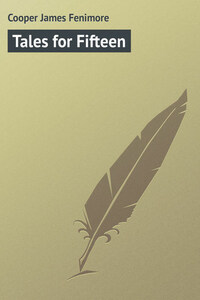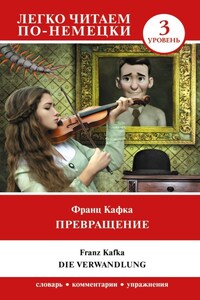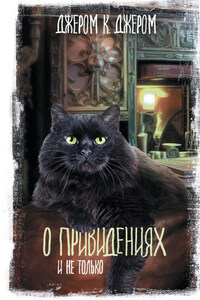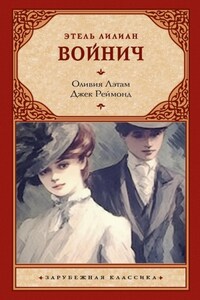James Fenimore Cooper was born in Burlington, N. J., in 1789 – the year in which George Washington was inaugurated first President of the United States. His boyhood was passed at Cooperstown, N. Y., a village founded by his father. After completing his studies at Yale, young Cooper entered the American navy as midshipman, subsequently obtaining the rank of lieutenant. He also made some voyages in a merchant vessel, and in this service acquired that knowledge of sea life of which he made good use in many of his novels.
Cooper has been styled the Walter Scott of America. It is hardly an exaggeration to rank him so high, for he has done for America what Scott did for Scotland: he has illustrated and popularized much of its history and many of its olden traditions in stories that will have appreciative readers so long as the English language is spoken. As a recent writer observes, he “wrote for men and women as well as for boys and girls,” and the best of his stories are “purely American, native born, and native bred.”
Another distinction must be assigned to Cooper, and it is a mark of high merit: he was the first American novelist who became widely known and esteemed in foreign countries. “The Spy” appeared in 1821 – a time when American literature was in its infancy. Though but the second of the author’s works, it immediately became popular on both sides of the Atlantic. It was translated into several European languages, and may even, we are told, be read in the Persian tongue.
Other stories quickly followed. “The Pioneer” was published in 1822. This and “The Deerslayer,” “The Pathfinder,” “The Last of the Mohicans,” and “The Prairie” belong to the series known as the Leatherstocking Tales, so called from Leatherstocking Natty, the most celebrated of the characters introduced. These deal with life and adventure among the Indians, in description of which Cooper surpassed all other writers. The sea tales include “The Pilot,” published in 1823; “The Red Rover,” in 1827; “The Waterwitch,” in 1830; “The Two Admirals,” in 1842, and “The Sea Lions,” in 1849. Altogether, Cooper wrote thirty-three novels, many of them universally recognized as entitled to first rank in that field of literature, and all full of interest to the lover of romance.
In 1826 Cooper visited Europe, and remained for several years, continuing his literary work and producing, in addition to novels, some volumes of sketches of European society. He returned to America in 1833. His last book, “The Ways of the Hour,” which deals with abuses of trial by jury, was published in 1850. He died on the 14th of September the following year at Cooperstown.
HISTORICAL NOTE
The events of the patriot Revolution afforded ample and excellent subject-matter for the genius of Cooper; and in “The Spy” he treats his material in a manner which has made the work a favorite with all lovers of fiction. The scene of the story is laid chiefly in that part of New York State lying immediately north and northeast of Manhattan Island. At the period referred to New York was held by the British, under command of Sir Henry Clinton, having been taken after the defeat of the Americans at the Battle of Long Island on August 27, 1776. At the same time the Americans possessed nearly all the rest of the State. The district lying between the British and the American lines, and extending over the greater part of Westchester County, was known as the “neutral ground.” Here the principal events of the story are placed.
This district having then practically no government, the inhabitants suffered much, not only through the military operations of the hostile forces, but from bands of marauders known as “cowboys” and “skinners.” The latter, professing to be supporters of the American cause, roamed over the neutral ground, robbing Tories (friends of the British) and others who refused to take an oath of fidelity to the new republic, while those consenting to take the oath were attacked and plundered by the cowboys, who carried on their depredations as British partisans.
The hero of “The Spy” is not altogether a fictitious character. In the introduction to one of the editions of the book the author tells us that he took the idea of Harvey Birch from a real person who was actually engaged in the secret service of the American Committee of Safety – a committee appointed by Congress to discover and defeat the various schemes projected by the Tories in conjunction with the British to aid the latter against the republican government. Spies were, of course, employed on both sides during the struggle, and it may readily be believed that among the patriot Americans there were many who were willing, without desire of earthly reward, not only to encounter hardships and danger to life for their country’s cause, but to risk even loss of reputation, as Harvey Birch did.


